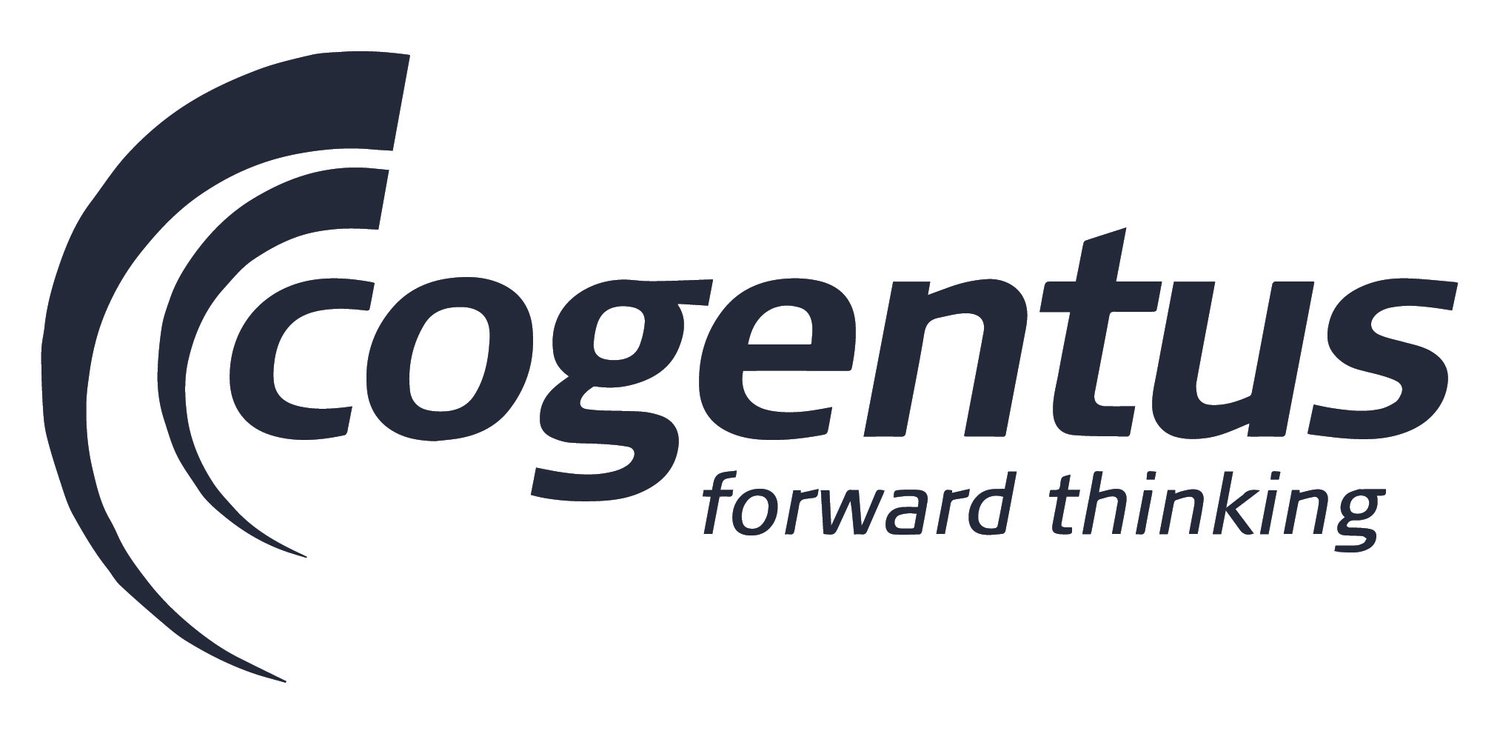WHAT’S CHANGING
We have added creativity and Triz tools to the Idea Catalog. Creativity tools include Analogy, Random Connections, Perspectives and Superheroes. Triz tools include Technical Contradictions and Physical Contradictions.
WHY YOU’D USE IT
They improve traditional (random) brainstorming methods with a more structured approach based around questions. These questions encourage more focus for discussion and help think about a problem in a new way which, in turn, helps to come up with innovative ideas.
GETTING STARTED
Go to the Idea Catalog and select Lists from the top menu. Select the tool you want to use.
Creativity
Clicking Creativity will open up onto a list of flash cards. Click “Filters” and then choose your favourite tool.
Analogy. An analogy is when you say that something is like something else. It doesn’t mean it is exactly the same in every respect, just that there is some degree of similarity.
Pick a word at random.
Create a mini scenario or mini story around the word. It should be specific and one you know about. It should have plenty of details around active aspects (how it works, what it does, etc).
Capture ideas. Using the story, bring out things from the analogy that could be used in your particular problem.
Random Connections. This technique forces you to think in a more abstract way. It does this by taking an object and then trying to compare the features of that object with your own problem.
Pick a word at random.
List all the features, functions, and elements (e.g. size, shape, feel).
Capture ideas. Identify which parts of the random word may be useful or relevant for your particular problem.
Stakeholders. This technique considers different perspectives. How would others look at the problem and would they come up with different solutions to your own perspective?
Pick a stakeholder at random.
Identify their perspective on the problem. What their objectives are, their barriers and constraints, their views in general.
Capture ideas. Using this perspective, list the ideas it raises.
Superheroes. Science fiction has long been known for its imaginative ideas. All superheroes have skills and capabilities that are outside of “normal” behaviour and this means that, when role playing, it helps to express the more unusual ideas that might otherwise be suppressed.
Pick a superhero at random.
Identify their traits.
Capture ideas. Using the superhero traits, list the ideas it raises.
SCAMPER
The letters stand for Substitute, Combine, Adapt, Modify, Put to other uses, Eliminate and Reverse. Go to “Filters”, pick a category (one of the verbs) and simply respond to the questions provided. Work through as many questions as you have time for, to generate ideas. Then move on to another category.
Physical Contradictions
A physical contradiction is where you want two parameters that are normally mutually exclusive. For example, heavy and light, hot and cold. To use this technique, choose physical contradictions from the menu and use the drop down to identify where and when the contradiction occurs. Select “Next” and it will bring up all the Inventive Principles that have been known to solve that particular contradiction before. Work through each Inventive Principle one by one, considering how the proposed strategy might apply for your particular problem
Technical Contradictions
A technical contradiction is when you improve one parameter another parameter gets worse. This is a typical trade-off situation. To use this technique, choose technical contradictions from the menu and use the drop down to identify the two competing parameters. Select “Next” and it will bring up all the Inventive Principles that have been known to solve that particular contradiction before. Work through each Inventive Principle one by one, considering how the proposed strategy might apply for your particular problem.
AVAILABILITY
These tools are available to all Idea Catalog users on the Standard and Premium Plan. See more at https://www.ideacatalog.net/
Additional information on the process, plus other tools, can be found in my book “Successful Problem Solving”, Seed Ian E. 2016. ISBN-978-1-326-44314-6. Available from Amazon.

